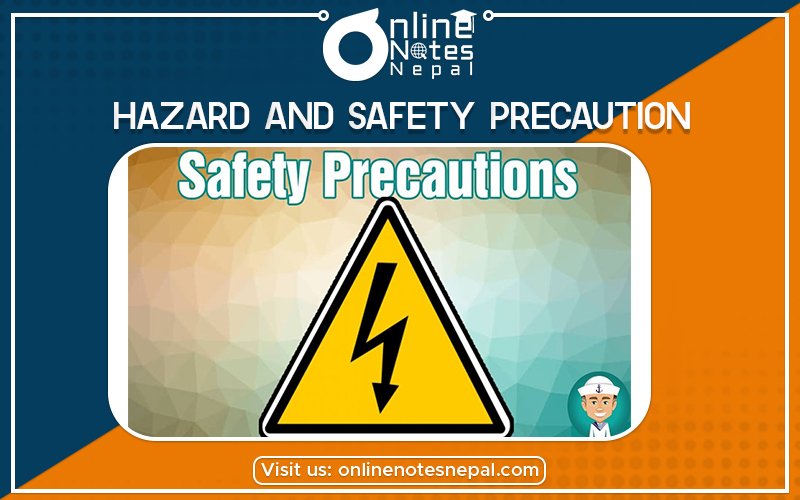Published by: Zaya
Published date: 25 Jun 2021

Although the corrosive action of chemicals can vary, the safety precautions required for each should be the same when they are handled. The following are some important points to consider when working with any cleaning products or chemicals in the workplace: